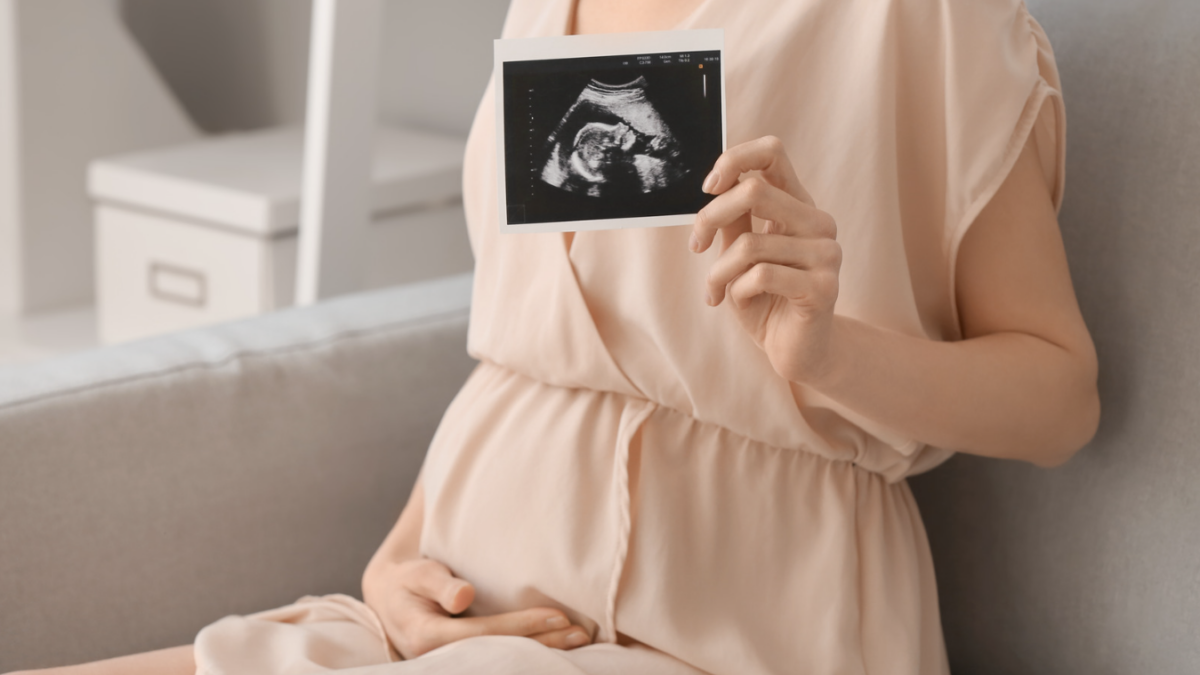
The Supreme Court has in recent years taken great pains to require that execution of criminals who have committed the most heinous of crimes be done as painlessly as possible. In almost every State that continues to utilize the death penalty as the ultimate punishment, a dose of sodium pentathol is administered first, rendering the convict unconscious so that the actual death-inducing drugs in the common three-drug cocktail do not cause any pain.
No such drugs are administered to an unborn child before a late-term abortion, yet new scientific evidence is pointing to the very real possibility that a fetus feels pain perhaps as early as 16 or 18 weeks gestational age. One need only read the Supreme Court’s own descriptions of the common “skull-crushing” and “limb-ripping” procedures used beyond the first trimester to realize how horrific the pain must be, if this new scientific evidence proves true.
Other scientific evidence is demonstrating that the risk to maternal health increases exponentially with each passing week later in the pregnancy.
Confronted with this evidence, thirteen states have since 2010 passed laws restricting abortions after 20 weeks to those necessary to prevent death or serious health risks to the mother. Although abortion advocates have claimed that these laws are “blatantly unconstitutional” because they apply to pre-viability abortions, they have deliberately not challenged the laws in federal circuit court jurisdictions thought likely to uphold the laws. Nebraska’s first-of-the-kind statute adopted in 2010 remains in effect, for example. Texas’s statute, adopted over the much ballyhooed filibuster by State Senator Wendy Davis in 2013, likewise remains in effect (the lawsuit brought against that law did not challenge the 20-week restriction). As one news account noted with respect to the Texas litigation, there was “a strategic reason to avoid challenging that [20-week] ban…. [A] Texas challenge would go to the conservative Fifth Circuit. Not only would that court potentially uphold the law … , the combination of decisions would create a split in the circuits that would make the Supreme Court likelier to hear it.”
But abortion advocates did challenge the 20-week restriction adopted by Arizona. Arizona is in the Ninth Circuit, which leans decidedly the other direction from the Fifth and Eighth Circuits. Although the federal trial court upheld the Arizona statute based on the undisputed evidence of fetal pain and increased maternal health risk, the Ninth Circuit reversed, holding that the statute was per se unconstitutional because it restricted abortion prior to fetal viability. The Supreme Court itself had in 2007 upheld a partial birth abortion ban that admittedly restricted some pre-viability abortions, but the Ninth Circuit held that the viability line nevertheless remained sacrosanct. Arizona petitioned the Supreme Court for review, but its petition was denied on Monday of this week.
Why are these cases important, and why will the Supreme Court eventually have to confront the issues presented by them? Well, the evidence that the risk to the health of the mother increases exponentially with every passing week for abortions late in the pregnancy should give pause to any but the most doctrinaire advocates of abortion on demand. And the evidence that an unborn child in utero feels pain really gives lie to the claim, oft-repeated since Roe v. Wade was decided 41 years ago, that there is no child there, only tissue or a clump of cells. The science is forcing our society to grapple with the fundamental immorality of abortion on demand that was unleashed by Roe and its companion case, Doe v. Bolton.
Today, the United States is one of only four nations in the world that allows for abortion on demand at any time during pregnancy. We’re in the company of those great paragons of moral virtue and human rights, North Korea and China. But the States continue to press the issue because they recognize what the Supreme Court in Roe seems to have forgotten—government has a deep moral obligation to protect the most vulnerable among us. One of the judges on the Ninth Circuit panel suggested, tongue-in-cheek, that perhaps the states should require that anesthetics be administered to an unborn child in the womb before an abortion can be performed on it. Such a rule would at least allow the unborn child to escape the pain that the gruesome techniques of late-term abortion would otherwise inflict on him or her. But it cannot anesthetize the rest of us to the gruesome tragedy of late-term abortion, at least not as long as there is any measure of human decency left among us.
Dr. John C. Eastman, the Henry Salvatori Professor of Law and Community Service at Chapman University’s Dale E. Fowler School of Law, is the founding director of the Claremont Institute’s Center for Constitutional Jurisprudence, in which capacity he served as lead counsel for Arizona in Horne v. Isaacson.









